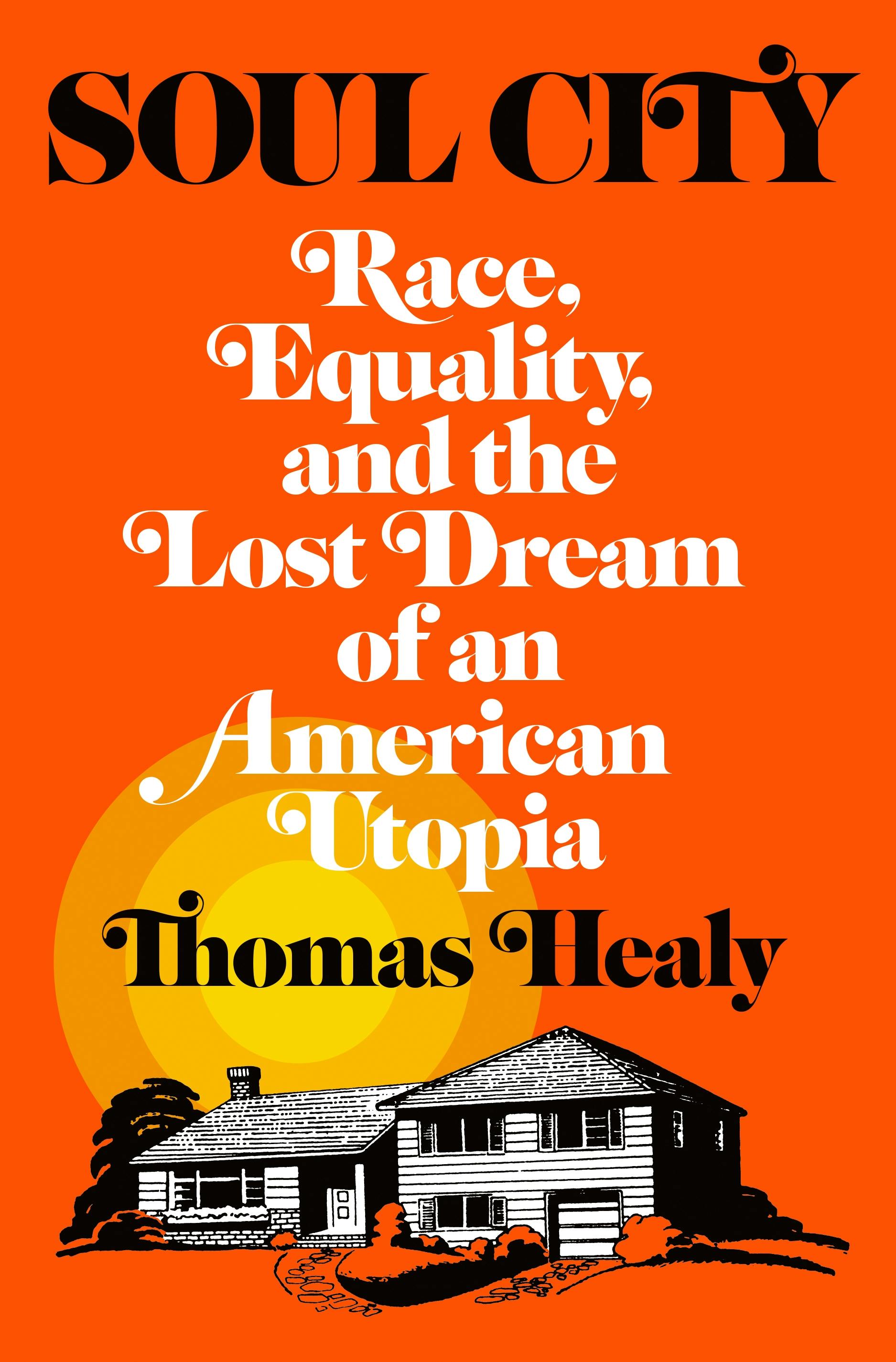Thomas Healy’s book is an earnest and empathetic examination of Soul City, former civil rights lawyer and national director of the Congress of Racial Equality Floyd McKissick’s 1970s idea for a black-designed, black-led town in Warren County, North Carolina, near the Virginia border. The book is a moving account of McKissick’s commitment to his vision and the many obstacles, reasonable and unreasonable, objective and arbitrary, that hindered its realization. As a story of McKissick the man and his nearly indefatigable zeal, Soul City is nuanced and subtle, and it provides poignant, if not always fully intentional, commentary on the limitations of the political moment out of which McKissick’s idea emerged. Healy seems to channel McKissick’s own enthusiasm in asking, “How could a project that once held such promise and potential fall so depressingly short of its goals?” His follow up questions suggest his answer: “Was Soul City an impossible and misbegotten dream from the beginning, or was it a brilliant idea that was thwarted by racism and ignorance? And how might history have been different if Soul City had succeeded?”
I confess that I was bemused on reading those questions, especially the last. As someone who had peripheral associations with the project and was around it from nearly the beginning to the end, I never once believed that Soul City could be anything more than a boondoggle, much less a game-changing intervention in black American politics.
I assisted in a shopping habits and patterns study that the Ford Foundation–funded community development agency I worked for in Durham conducted for Soul City in the early 1970s. Later, in the summer of 1974, I worked in Warrenton, the seat of Warren County, for six weeks on a research project monitoring local spending patterns of federal revenue sharing and other funds, which provided another perspective on Soul City. Occasionally, while visiting friends in Warrenton into the early 1980s, I would nose around and get updates on how little actual new development there had been at the Soul City site. Finally, during a car trip in late 2006 or early 2007, I pulled off I-85 on a lark to see what remained of the location. I was taken aback when I encountered a medium-security prison, which Healy describes in the book, and a factory under construction across the street, which was clearly being built to accommodate use of prison labor. That seemed like ignominious punctuation to the demise of McKissick’s vanity project, with its mixture of a class-skewed quixotic vision and blatant political opportunism.
